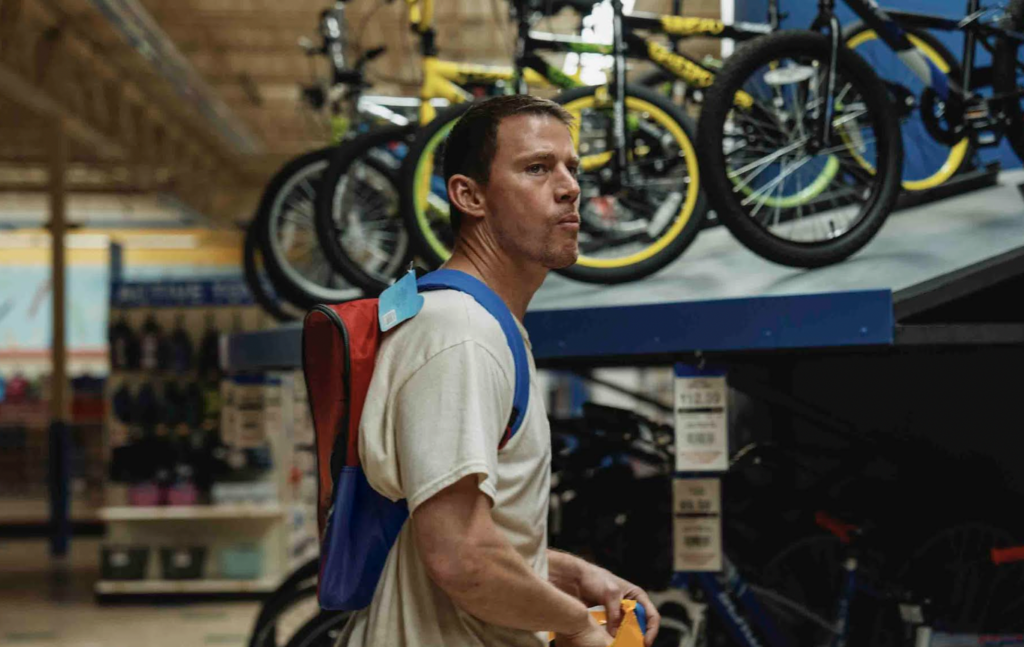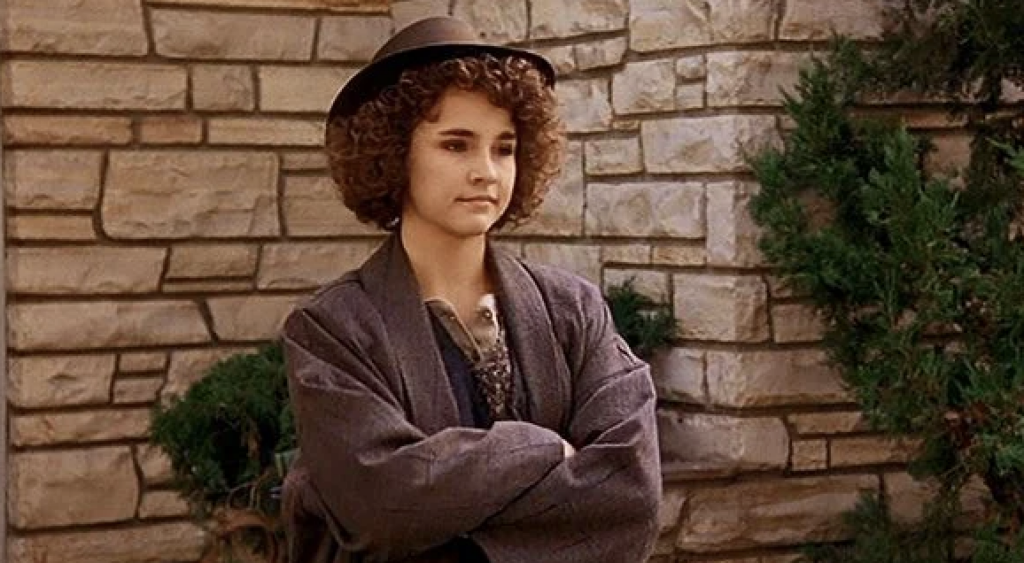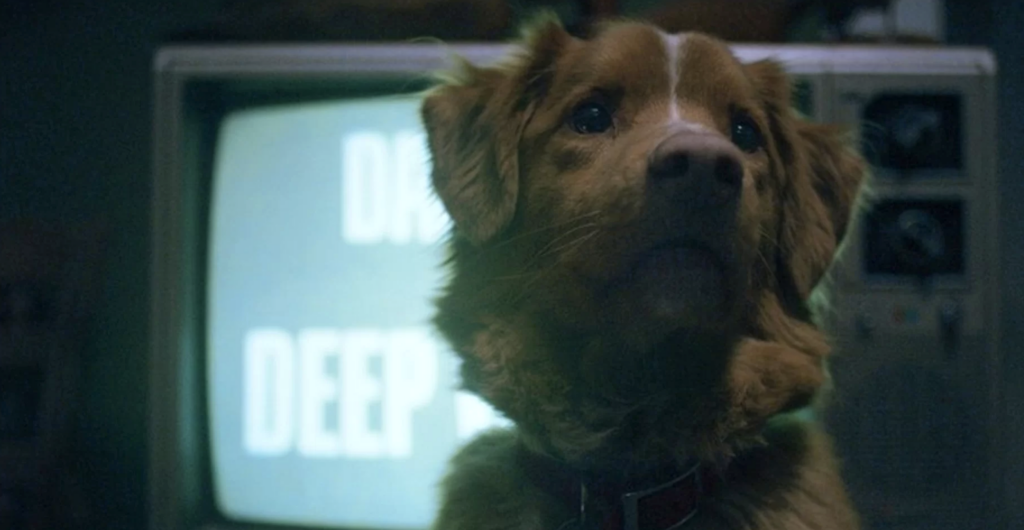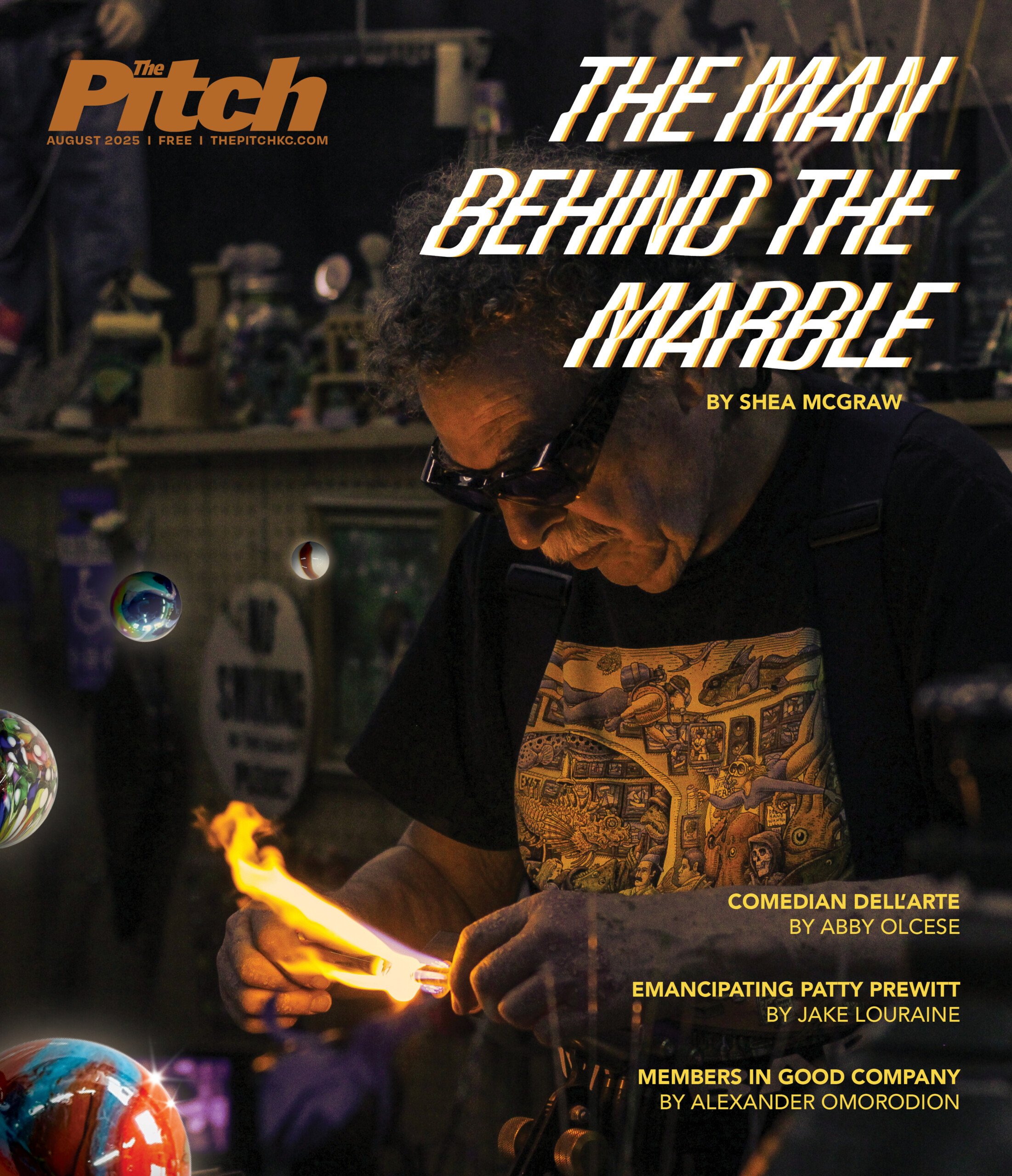Austin Snell brings 16mm to the 21st century with revenge western They Call Her Death
Snell’s shot-on-film feature hits Screenland Armour June 20.
Watching the trailer for They Call Her Death, you’d be forgiven for thinking you’re looking at a legitimate 16mm grindhouse classic from the 70s. It’s got the grit, grime, gore and gallows humor of Bring Me the Head of Alfredo Garcia or Linda and Abilene. But it was actually shot (and edited, and scored, among other things) by director Austin Snell and a close team of collaborators between 2021 and 2024.
Snell, his cast, and crew used 16mm film, local locations like Wichita’s Old Cowtown Museum, and copious amounts of fake blood to make the movie, which is about a woman (Sheri Rippel) determined to get revenge for the wrongful killing of her husband (Patrick Poe). The movie will get its hometown premiere on Thursday, June 20, at Screenland Armour.
16mm is nothing new to Snell—he’s a longtime lover of the medium, and a collector of 16mm prints, many of which he’s shown at the Stray Cat Film Center as part of their 16mm Showcase series. He talked to us about why he loves working on film, the process behind making They Call Her Death and the siren call of the grindhouse.
Abby Olcese, The Pitch: Okay, let’s get to the obvious question first. Why did you decide to shoot your movie on 16mm film?
Austin Snell: I’ve always been interested in 16mm. I got into filmmaking largely because of the original The Evil Dead, which I saw around 2005, when I was in high school. Around that same time, digital cinematography was still considered not quite filmic enough for low-budget movies. Many people were still pushing the idea that movies are shot on film, and that video isn’t movies. And I just loved this movie that happened to be shot on 16mm. To me at the time, making a true movie felt like it had to be 16mm. That’s changed a lot since, obviously.
What about Evil Dead made it so influential for you?
In terms of 16mm, I love the look. Its sense of humor resonated with me, and I loved that it’s so effective and fun, but you can still see all the seams. That was the first time I confronted a movie where something could be perfectly imperfect. I love it for its flaws, too, which is why 16mm works so well for me. Slightly less perfect is what I’m aiming for.
What do you love about the kinds of movies They Call Her Death is paying homage to?
I’m clearly showing love for spaghetti westerns and Italian horror simultaneously. I became really enamored with Italian movies late in high school. I appreciated how extreme they could be and how much fun they were. In the case of spaghetti westerns, I love how they play with the audience’s bloodlust. I love giving the audience the ride of really hating someone and then seeing that person get their comeuppance. I know it’s low-hanging fruit but it’s so much fun.
I know some of the movies in that genre, and in grindhouse and exploitation movies, which share a lot of that aesthetic, have female protagonists and female revenge narratives. Was that an inspiration in making your main character a woman?
Certain films we were homaging—the title They Call Her Death is an homage to the 1973 movie They Call Her One Eye—made that feel like a natural place to take it. The importance of it to the story, having it be a female-led action movie, and the actions we presented that character with, felt more relevant as we went along. Great westerns have historically commented on their times, so ours had to do that a bit.
Those movies also tend to go to places that can be tough to watch.
So many female revenge movies have sexual assault involved on some level, and I knew I didn’t want to do that. A scene in the film gets close to that, but we swerve and do something different with it. I knew I wanted to do this genre, but I also knew I didn’t want to do that with it.
So, having loved these movies for such a long time, and then finally making your own, does 16mm still lend itself well to low-budget filmmaking?
It does. The challenges are largely financial, but they force you to be much more careful and deliberate in your choices, which always makes for a better film in the end. It’s viable; you just have to approach it differently.
In my case, I just took forever. I built the entirety of the production on how much I could set aside per month, filming over the course of two and a half years. I started writing it during the pandemic. We started filming in August 2021. There were times when we couldn’t film. We’d take rapid tests if we knew we’d be in enclosed spaces. It definitely slowed things down, but having a small production helped. I built the sets in my garage for some of the scenes. A lot of production time was me alone building stuff.
You did a lot for this movie! You also did the score, the editing, and the cinematography.
Yeah, I’m self-conscious about seeing my own name in the credits that often! It was largely a practical choice. It’s a lot to ask for someone to work for free or for a discounted rate on a film. The other side is that this was my “all or nothing” project. I’d put in a lot of money and time already, I enjoyed pretty much every aspect of the filmmaking process.
It was also me being greedy if I’m honest. If this is my passion project, I want to touch every part of it down to the set design, miniatures, music, and all that stuff. It was a pleasure the entire time. I had so much fun doing it that looking back, it is a lot of work and seems crazy, but it never felt that way at the time. I also had a lot of help from people like Adam Jeffers, who was involved in every production area, producing, hauling stuff in his truck, VFX, you name it.
I imagine all that helped you control the aesthetics. You’re going for a really specific vibe here and it feels like you nailed it.
Something I’m trying to develop in my style is yes I’m doing this throwback style that replicate bygone genres, but I never want to make something that feels like a parody or a joke on it. 16mm does a lot of the heavy lifting in that way. It looks like an older grindhouse movie as a result, but not because I had to put a lot of extra effort into making it look like that.
Movies then weren’t trying to be bad, they were made by people who cared a whole lot about what they were making. I feel like this is kind of an antidote to the whole fake-grindhouse trailer thing that’s happened since that Quentin Tarantino and Robert Rodriguez movie came out. I don’t like digital scratches and dirt, they miss the point of what those movies were. I wanted to make something that felt like a lost movie.
You also have a lot of blood and practical effects.
Yeah! All the practical makeup is by Jake Jackson, who I’d worked with before and who does a lot of films locally. I’m very proud of the movie’s home invasion scene, because I got exactly as much blood as I wanted. We made a huge mess, and it was a dream come true.
I’m also pretty proud of the miniature cabin I built for that scene. I love miniature work, and I’d rather see a not-so-great miniature than great CGI. I know I’m only so good at miniatures, so I decided I’d lean into that and allow the low-budget look to take over. I’d rather people see that hands made this and have it look not expensive rather than paint something in digitally.
Not to jump ahead too much, but what are your plans after this is out in the world? What’s next?
I’ll be making films until I can’t anymore. This is what my life is for. I have a couple of ideas kicking around right now. It’s very likely I’ll keep shooting on film. I envision doing more genre love letters. Maybe I’ll do an American studio western eventually. Gotta earn that money!









